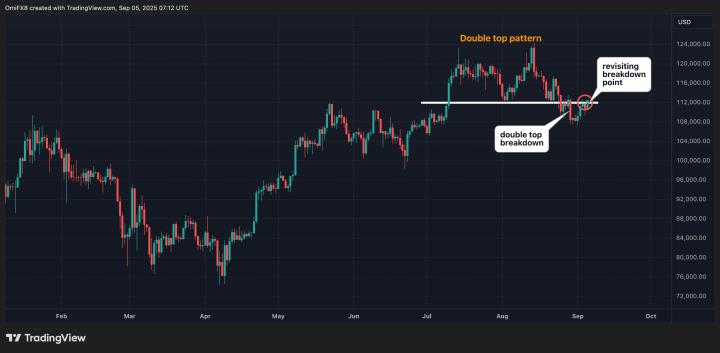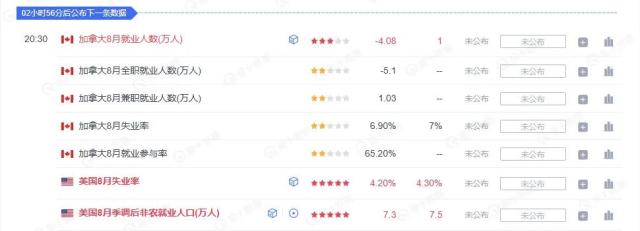Author: Chainlink Labs Government Affairs Team
Today, tokenization is becoming a crucial component of financial market development. Institutions converting real-world assets into tokens on public chains can improve the efficiency, transparency, and accessibility of value transfer systems.
Across the United States, financial institutions, infrastructure providers, and policymakers are actively exploring how to integrate tokenized assets into the broader market system. The underlying technology of tokenization is also being used to support stablecoins, tokenized government bonds, funds, and other financial instruments. The next step is to establish a corresponding regulatory environment to promote this transformation.
This article will discuss the three major regulatory challenges facing the United States in the field of tokenization and propose three specific measures that policymakers can take to address these challenges.
Three Challenges Facing the United States in Tokenization
Challenge One: How to Classify Tokenized Assets?
The greatest regulatory uncertainty in tokenization is the lack of a unified classification standard in law. Currently, U.S. law has not established a unified classification standard for digital assets. As a result, tokenized assets are often classified based on specific circumstances, lacking a uniform standard. For example, fiat-backed stablecoins might be classified as payment tools, value storage products, securities, funds, or bank deposits, depending on the stablecoin's structure and the assessor.
Tokenized government bond products face similar challenges. While U.S. Treasury bonds do not require registration with the SEC, packaging them into token products might trigger the Investment Company Act. In other cases, returns or splits might prompt regulators to view tokens as securities. Due to the lack of clear definitions, many companies must consult legal teams and make conservative product design decisions to mitigate regulatory risks.
Challenge Two: What Interoperability Standards Should Be Established?
The core concept of tokenization is that digital assets should freely flow across different blockchains, platforms, and financial institutions, moving as easily and reliably as data on the internet. Theoretically, this vision has been realized. Interoperability protocols like Chainlink CCIP can enable token assets to be transferred across different blockchains and systems.
Challenge Three: What Limits Mainstream User Entry into the Market?
People often say tokenization can lower entry barriers and make financial products more trustworthy, thus allowing more people to participate in financial markets. However, today, most U.S. customers find it difficult to access tokenized assets on existing platforms.
One primary reason is that regulated tokenized products are typically only allowed for private or qualified investor issuance. Market regulatory rules are complex, with different remittance regulations in each country, requiring broker-dealer registration, and specialized trust licenses for specific financial activities.
How U.S. Policies Can Clear Obstacles for Tokenization Development
Solution One: Clearly Define Tokenized Assets
Many legal uncertainties in tokenization stem from the lack of clear, unified definitions. The 2025 GENIUS Act, which has passed Senate voting, provides a legal framework for fiat-backed stablecoins, significantly boosting confidence for issuers and users.
Solution Two: Establish Interoperability Policy Standards
Current U.S. regulatory provisions do not explain how custody, trading restrictions, or investor protection obligations apply to cross-chain or cross-platform use cases. The GENIUS Act has guided regulators in establishing interoperability standards for payment stablecoins, but these standards are not yet comprehensive.
Solution Three: Lay the Foundation for Mainstream Users to Enter the Tokenized Asset World
To enable more mainstream users to enter the tokenized asset world, clearer rules are needed to specify how these products can be safely and compliantly sold to the public. Policymakers now have the opportunity to reduce these barriers by establishing a new framework that allows more retail customers to participate while maintaining trust and regulation.
These changes will enhance the confidence of issuing institutions in publicly issuing token assets; they will also help consumers better understand these products. By combining public education, transparency, and a responsible distribution mechanism, we can ensure that tokenization development serves not only institutions but also ordinary customers.
Summary
Tokenization is a once-in-decades opportunity that will drive the modernization of financial markets. This technology has matured, and institutional needs are real. Now, it is urgent to establish a regulatory environment and vigorously promote market development and construction.
The United States does not need to start from scratch to build a system, but only needs to advance the following three aspects: clearly defining regulatory responsibilities; legally defining digital assets; and establishing a viable market entry path for tokenization products. The GENIUS Act, subsequent updated market structure bills, and the Tokenization Report Act all point in the right direction, and now we need to take action.
With an appropriate legal framework, the United States can establish a credible, secure, and scalable token asset market, leading the global development of token assets.







